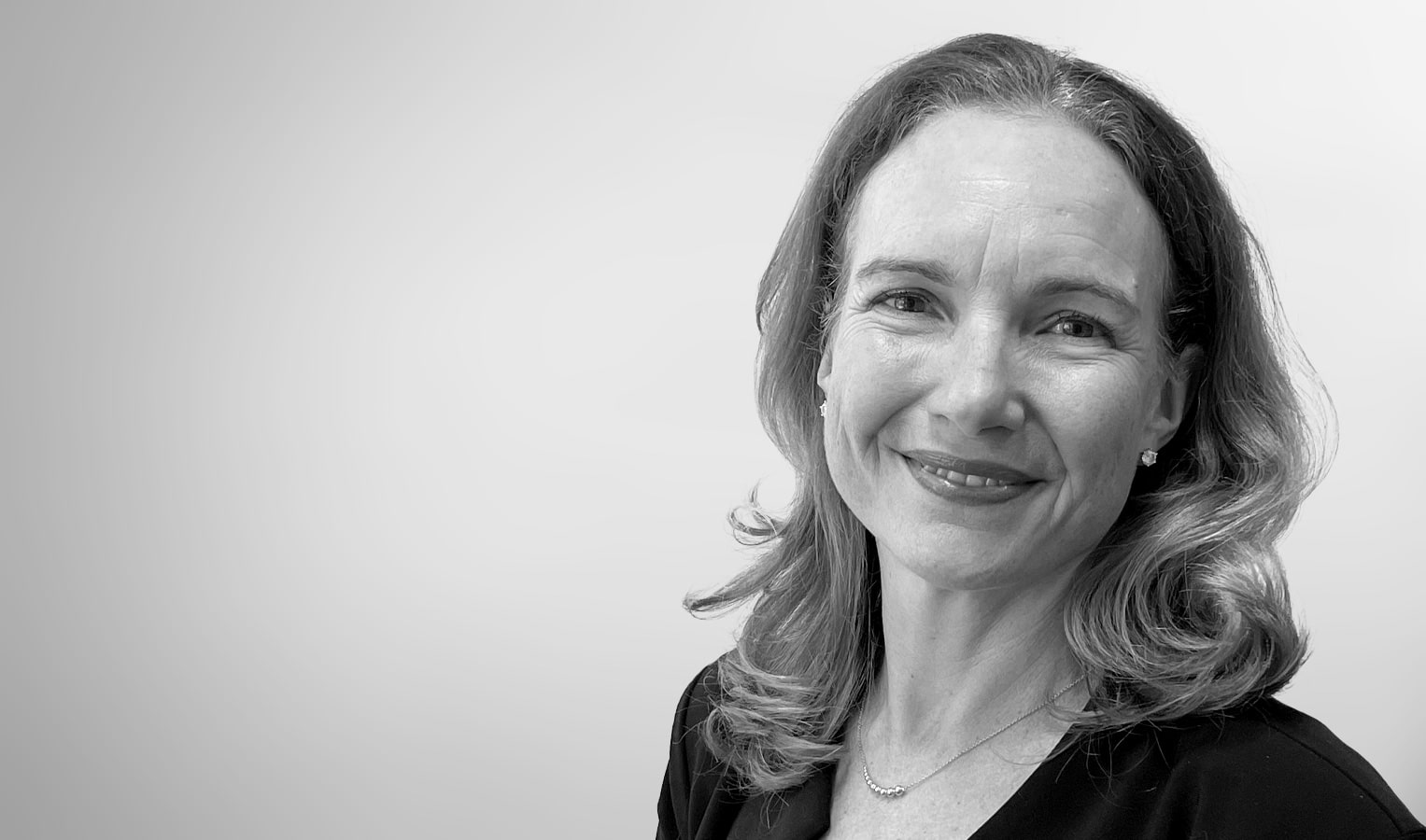
Sandpiper Appoints Francesca Boase to Lead Global Professional Services Practice

The Rise of Respiratory Illnesses
Blinken’s Beijing Visit & East Asia Trilateral Summit
May 2024

This article is part of Sandpiper’s Public Affairs Tracker content series. Our Public Affairs team provides in-depth monitoring and analysis on emerging political and macroeconomic issues, helping companies formulate appropriate strategies for challenging business environments. Click here to explore other recently published articles.
As U.S. Secretary of State Antony Blinken departed from Beijing last month following a three-day working visit to China, the state of the world’s most important geopolitical relationship was once again at the forefront of public attention. Regional security remains a sensitive issue for both sides, and America’s latest $95 billion foreign aid package has just added another layer of complexity to the mix.
With the U.S. continuing to deepen its strategic cooperation with regional allies in the face of growing Chinese wariness, the upcoming China-Japan-Korea trilateral summit in May could serve as a timely temperature check on one of East Asia’s most complex relationship triangles – if, indeed, the summit even happens at all.
An uncertain dynamic
As we wrote in our 2024 outlook in January, a stabilising China-U.S. relationship may be one of the few bright spots in an otherwise tumultuous international landscape this year. With China battling an economic slowdown and the U.S. already in the throes of the most polarising presidential election in modern history, both countries have enough to deal with at home. The stakes are high for the two superpowers to behave like the “adults in the room” on the international stage – at least with regard to one another.
Since the San Francisco summit in November, there have certainly been improvements. At the very least, military-to-military contacts have been re-established and some progress has been made on combating illegal fentanyl – a subject high on Secretary Blinken’s agenda in Beijing last month. Yet, recent months have also seen increasing tensions in the South China Sea over maritime disputes with the Philippines, as well as growing American pressure on Chinese companies and banks to cut ties with Russia – including the threat of targeted sanctions.
In all, Chinese official media coverage of Secretary Blinken’s latest visit was neutral-to-cautiously positive, though lacking the same degree of optimism that accompanied the leaders’ summit last November – and certainly not as warm as the media treatment afforded to Tesla CEO Elon Musk, who met with Premier Li Qiang during a “surprise” trip to China later that same week, and whose pragmatic, pro-business, pro-innovation message appears to align with China’s own economic modernisation goals.
Shifting tectonic plates
The U.S.-China relationship remains fraught, in part, because of competing visions of regional cooperation – which have made for some complicated dynamics. On the same day that Secretary Blinken’s plane touched down in Shanghai last month, U.S. President Joe Biden signed into law a Senate bill allocating over $95 billion in foreign aid to America’s key allies. Crucially, some $8.1 billion are to go to the Indo-Pacific, in an explicit bid to counter Chinese influence in the region. So, it is unsurprising that China’s Foreign Minister Wang Yi went on to tell his American counterpart that “negative factors” underlying the bilateral relationship appear to be intensifying again.
It is no secret that the U.S. has been seeking to bolster its strategic alliances across Asia Pacific at China’s expense over recent years – both AUKUS and the Quad offer a case in point. The most recent realignment was brought about by the U.S.-Korea-Japan trilateral summit at Camp David last August, proclaimed by the three leaders as the dawning of a “new era of trilateral partnership.” Tokyo and Seoul even had to agree to shelve some of their deep-seated historical disputes over pre-War grievances.
China’s reaction to these developments was far from welcoming – the foreign ministry responded with “strong dissatisfaction and firm opposition”, making formal complaints to the U.S., Japan and South Korea in turn. The influential, party-owned Global Times paper was awash with coverage decrying the Camp David summit as a “hypocritical anti-China pantomime”, a “mini NATO” in the making, and even the “starting shot” of a new Cold War. Fast forward to last month’s bilateral meeting, and it is clear what Foreign Minister Wang Yi was implying when he criticised the U.S. for “forming exclusive small groupings” and “pressuring regional countries to take sides”. Aside from the “Taiwan issue” and the intractable economic disagreements between the U.S. and China, regional alliances are yet another another fundamental area of contention.
The other trilateral paradigm
This brings us back round to the proposed trilateral leaders’ summit between China, Japan and South Korea, which is scheduled for the end of May. Inaugurated in 2008, the trilateral dialogue was intended as an annual, rotating leaders’ meeting, but has proceeded in fits and starts over the subsequent years. The summit was last held in 2019 and then suspended during the pandemic years, as Tokyo and Seoul clashed over the decades-old issue of forced labour and sexual exploitation, suffered by hundreds of thousands of Koreans during the years of Japan’s colonial rule.
When the three foreign ministers met in Busan last November after a four-year hiatus, provisional plans were drawn up for a leaders’ summit in the new year, and ultimately postponed until May. Analysts in China and elsewhere have pointed out that Beijing may have been adopting a “wait and see” approach, as Japan’s ruling LDP party has been rocked by political corruption scandals in recent months, while Korea was preparing for a tense round of legislative elections – coupled, of course, with the more fundamental divergence of interests over the three countries’ relations with the U.S.
There is, however, much to be gained from a trilateral summit – for all three parties. From a purely economic perspective, China remains the largest trading partner for both Japan and South Korea, yet the Covid pandemic had disrupted the region’s economic integration – in trade, capital investment and people-to-people exchanges, various steps can be taken to revitalise this dynamic. On a security front, all three share an interest in containing the challenge posed by North Korea and its increasing alignment with Russia. As Pyongyang has moved to pursue a more autonomous foreign policy in its dealings with Moscow, Beijing’s traditional position as the main guarantor of stability in Northeast Asia is being called into question.
Ultimately, China, Japan and South Korea share extensive, essential areas of mutual interest, in economics, security, and more – likewise, the many entrenched and often historical tripwires of disagreement are not about to disappear any time soon. If it does go ahead on the 26-27 May as planned, next month’s trilateral leaders’ summit will definitely be one to watch.




